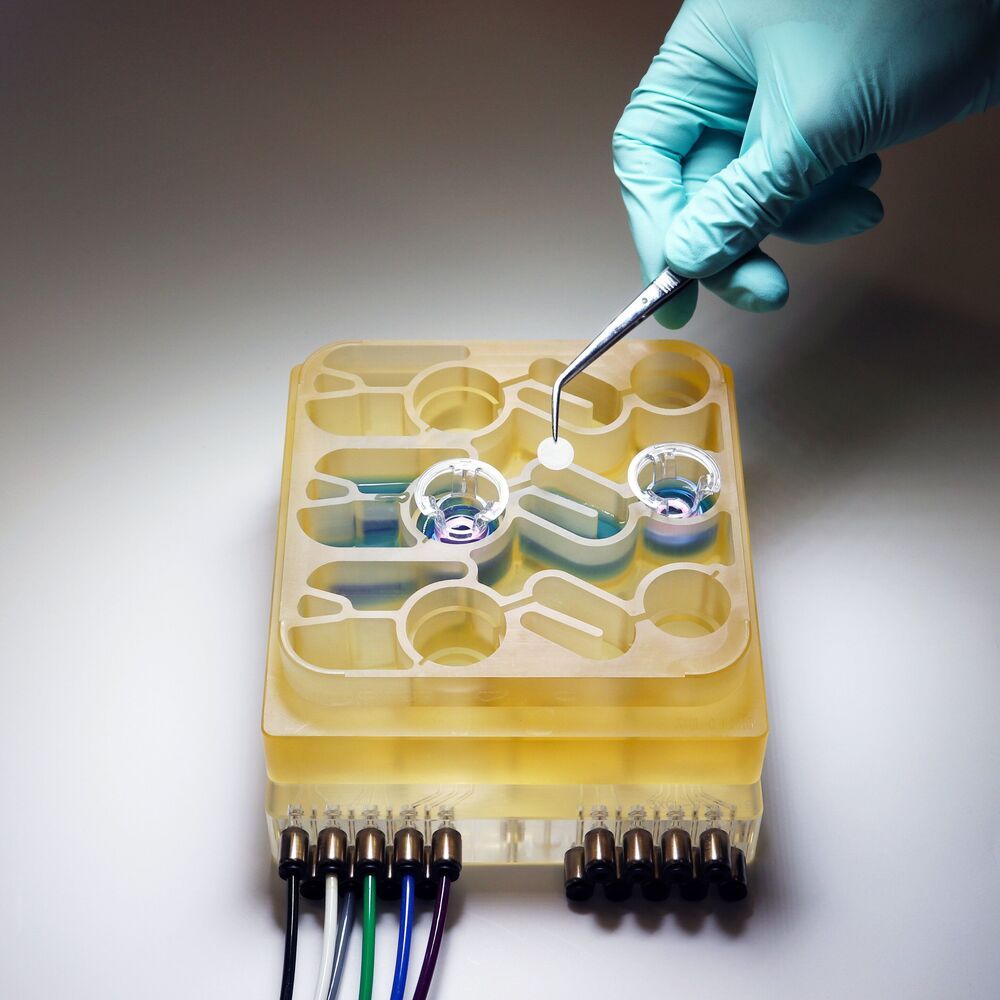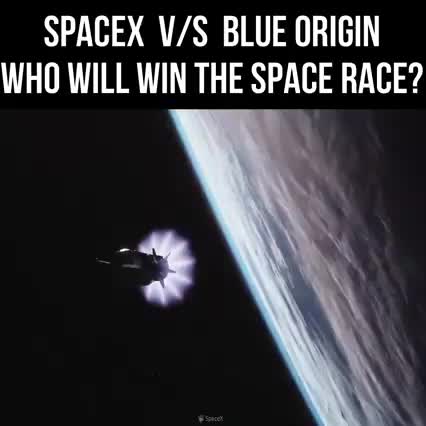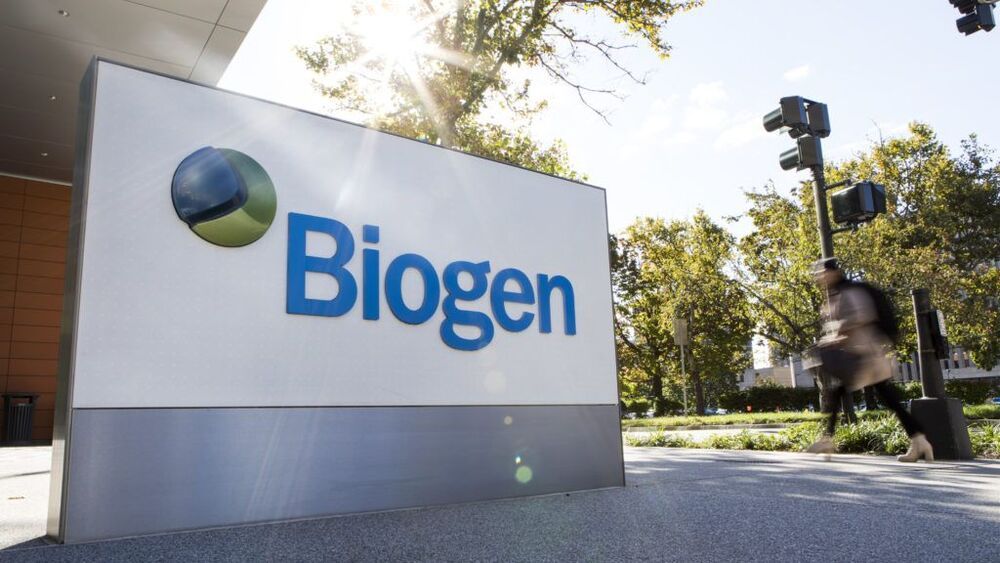Some four years after it was originally due to be completed, and over a decade after first being commissioned, Vincent Callebaut’s twisting Tao Zhu Yin Yuan (aka Agora Garden Tower) in Taipei, Taiwan, is finally nearing completion – and it’s looking like the wait has been worth it. The high-rise residential project has an ambitious DNA-inspired form incorporating thousands of plants on its facade and sustainability features including solar power, rainwater collection, and more.
Rising to a height of 93.2 m (305 ft), Tao Zhu Yin Yuan consists of 21 floors (plus four basement levels), and is defined by an unusual twisting design inspired by the DNA double helix. Twenty of the floors twist 4.5 degrees per floor as the building rises, for a total of 90 degrees from bottom to top.
Though it’s not looking quite as green as was suggested in early renders, this is understandable as the 23000 trees, shrubs and plants that are planted throughout the ground floor garden, balconies and terraces, still have some time to grow. SWA is leading landscaping duties and Vincent Callebaut Architectures (VCA) reckons that all those plants will remove significant amounts of CO2 from the local atmosphere each year.







